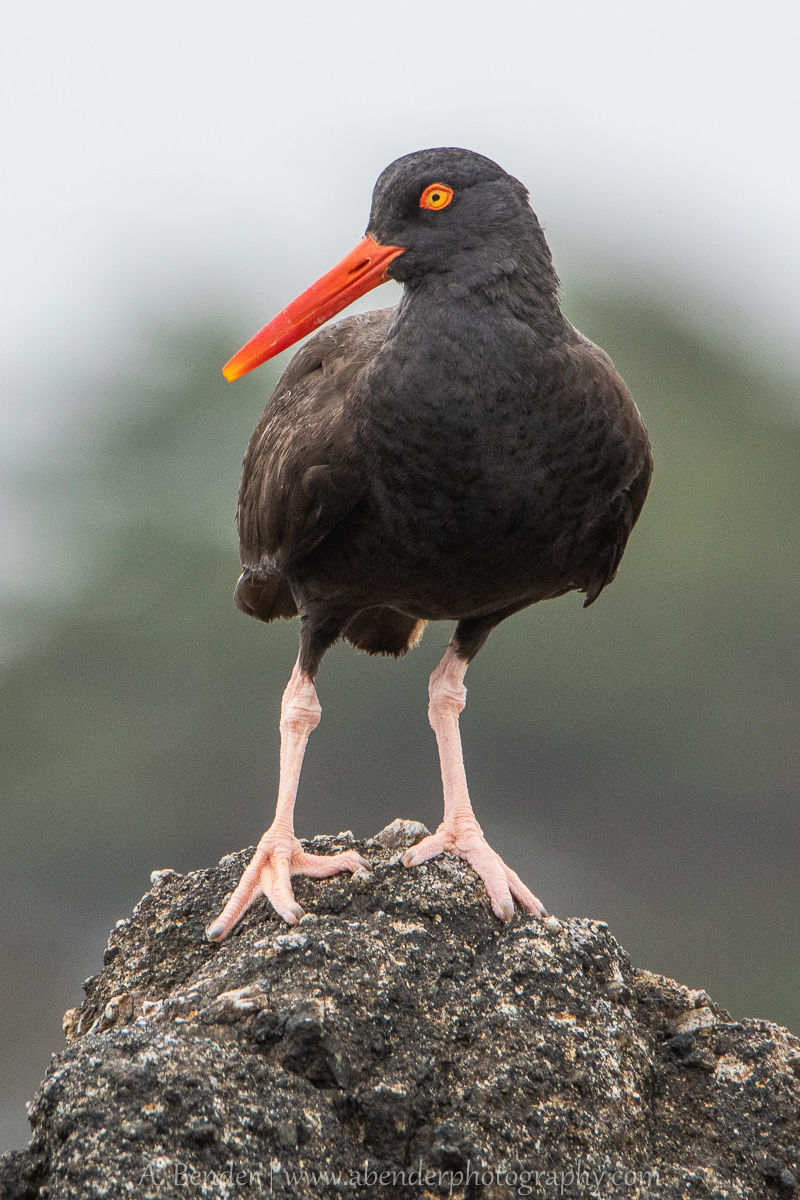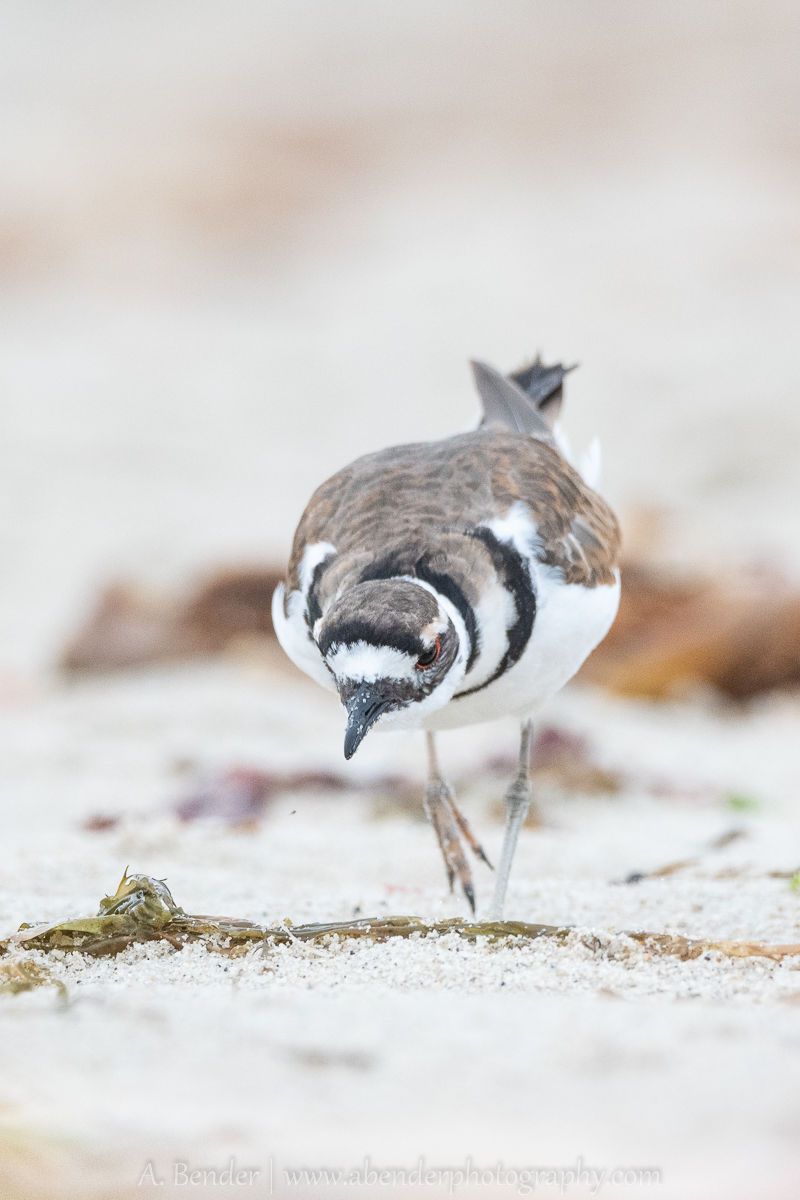Summer of Shorebirds
- Alyce Bender

- Aug 26, 2020
- 6 min read

July 2020 saw many of us staying close to home and trying to figure out what to photograph in our own back yards for the fifth month in a row. Between my ongoing project on black oystercatchers and the fact that I had to cancel my long planned trip to New Brunswick, Canada, where I was going to photograph various auks (puffins, razorbills, and the like), I thought it appropriate to continue the shorebird theme anyway.
In this, I decided to add killdeer and western snowy plovers to my shot lists when I ventured out to the coastline here in the Monterey Bay area.
The black oystercatcher has been a Covid project of mine from early April. They are such a charismatic and visually stunning bird. I have written about them previously and urge those who may have missed that article to find it here. During July, I was really trying to capture them feeding on the some of the small sandy beaches that lie between rocky outcroppings along the coast, but that has proven very difficult. Unfortunately, many people consider the beach a great recreation area (it is) and have a tendency to walk, run, or have dogs off leash close to where the bird would land, thus scaring it away before I could make a quiet approach.
Here is a collection of new images I was able to capture during July of the black oystercatchers, including a yearling (born last year). You can tell her age by the darker tip of her bill rather than the full orange of a breeding adult.





And a sneak peek of an image of a black oystercatcher family I had the amazing experience of watching while in Alaska this month! More on that trip in next month's article!

Killdeer (Charadrius vociferus)
Killdeer, named for their distinctive call, are a very common bird throughout North America and a member of the plover family. One of the few shorebirds that can be found ranging far from any shore, they are commonly seen in fields, pastures, along lakes and riverbanks, coastal estuaries, and even suburban environments such as golf courses, airports, and other open-ground areas.

In the Monterey Bay area, they can be found from the golf courses and neighborhood parks, to the coastal dune areas where sea grasses provide suitable nesting habitat and are near shallow water for feeding. A year-round resident, killdeer can raise two sets of young, each usually consisting of two chicks, during the mild summers here. Back in late June, I found a family that had two young chicks that were just starting to get their fledgling feathers.

During visits in July to a different area, just south of Carmel-by-the-Sea, I found an almost fully grown family on the beach. The adults and their young were all the same size at this time, but behaviorally, the parents were still protecting and advising the three "chicks." Watching them forage along the shore and in the wrack was fun and furthered my interest in this species.







Photography tip: Be prepared to get damp and sandy when photographing in these situations. It is best to get on eye-level with your subject which means laying down and potentially doing a bit of low crawling to position yourself for the shot. Protect your lens by utilizing a lens hood and consider something like a SkimmerPod to get your camera as close to the sand as possible while still making it relatively easy to move around. All these images are taken handheld, but there are many times I have wished I could just push my camera forward rather than having to do an awkward cradling while crawling forward through the sand.
Western Snowy Plover (Charadrius nivosus nivosus)
Another plover, the Western Snowy Plover is a tiny and endangered species that can be found in a few spots along the Monterey Bay area. Very hard to spot as they blend in well with the beach environment, these plovers are as cute as they are small.

As of 2019, there were only an estimated 2,200 individuals remaining in the world. The primary reasons for their population decline is human disturbance of their habitat. This includes development and human recreation of the beaches they use for nesting. Every time they perceive danger such as that of an approaching beachcomber, or a kite flying overhead mimicking a falcon or crow (natural predators), or the rumble of a vehicle being driven along the beach, they expend energy and many times abandon their nests. When they do this, the nests are left vulnerable to other natural predators, covering by sand, or the eggs/chicks succumbing to the elements (eggs get cold, chicks get too hot or cold due to exposure).

Natural predators include animals like foxes and coyotes, but domesticated dogs also pose a threat as well. In the two days I visited this one particular beach to photograph all the birds mentioned in this article, I noted many off-leash dogs, some of whom thought it was fun to chase wild birds. The beach is posted as dog-friendly with the stipulations that dogs be leashed and cleaned up after. Thankfully it did seem that people were cleaning up after their dogs, but more often than not, leashes were not in use.
Before going further, I do want to stress, I myself am a dog lover and have two of my own. I love being able to take them with me places and letting them run off-leash where allowed. However, behaviors like those mentioned above are why so many public lands are becoming increasingly closed to our best friends. In my particular case, I mentioned to a handful of those who had off-leash dogs that leashes were required and that there were actually federally protected species currently in the vicinity. I was met with cold shoulders and "ok"s without any action until I pointed my camera in their direction to document the happenings.

This doesn't just happen at this beach. It happens time and again where those who might not understand how their actions impact other species actually cause harm. Education is key as there are ways to both allow the public to have their fun while conserving species like the western snowy plover. So share information you learn about species with your friends and family. Share images you capture with educational material so others who may not look so closely at their wild neighbors can make a connection for why it is important to follow posted signs and leave nesting areas undisturbed.





Something else to be aware of: if you are out, observing birds, in any environment, and come across one that has bands on, please make note of it. Capture a picture if you can. These sightings are important to avian scientists. Researchers who track specific species love getting reports of sightings of "their" birds and seeing where they go. You can report them to the USGS Bird Banding Lab and a variety of species of special concern and study have their own additional monitoring groups which sightings can also be reported to if you have the time. The local Audubon Society to where the bird was found is usually the best resource for finding those specific groups.

Photography tip: If trying to capture images of a banded bird, such as a plover, make sure to have your shutter speed up higher than you would if just trying to get the eye in focus. Their legs move much faster! Use a higher ISO if needed and a wide open aperture if you are not already, depending on the light conditions, to make sure you can get a proper focus on those bands. The silver ones (those are the federal bands, where as colored ones are from particular research projects) will have numbers on them and can pinpoint the exact individual for sure if that ID can be read.
For me, when I spotted this banded Western Snowy Plover, I knew I had to report it. A fun thing about reporting the birds is that many times, the researcher who banded the bird will reach out with information such as when the bird was banded and where. This little plover had been banded in Oregon and, though it lost the colored tape on its' left leg for a 100 percent identification, it is suspected this is the same individual who overwintered in this area in 2016-2017. Kind of exciting to think that this tiny, endangered bird has been making treks between breeding grounds in Oregon and the Central California coast for years now!

Well that wraps up this month's article and next month I will be bringing you a trip report from my two weeks in Alaska! Until next time, cheers!






Comments